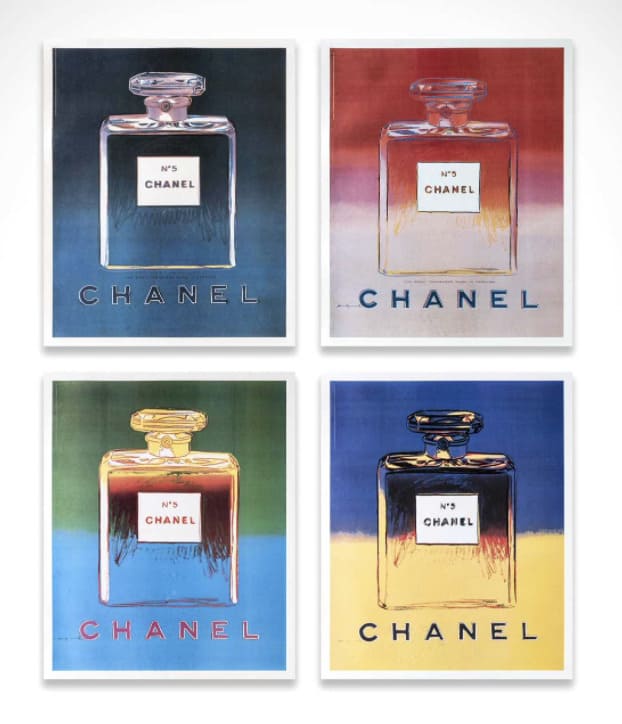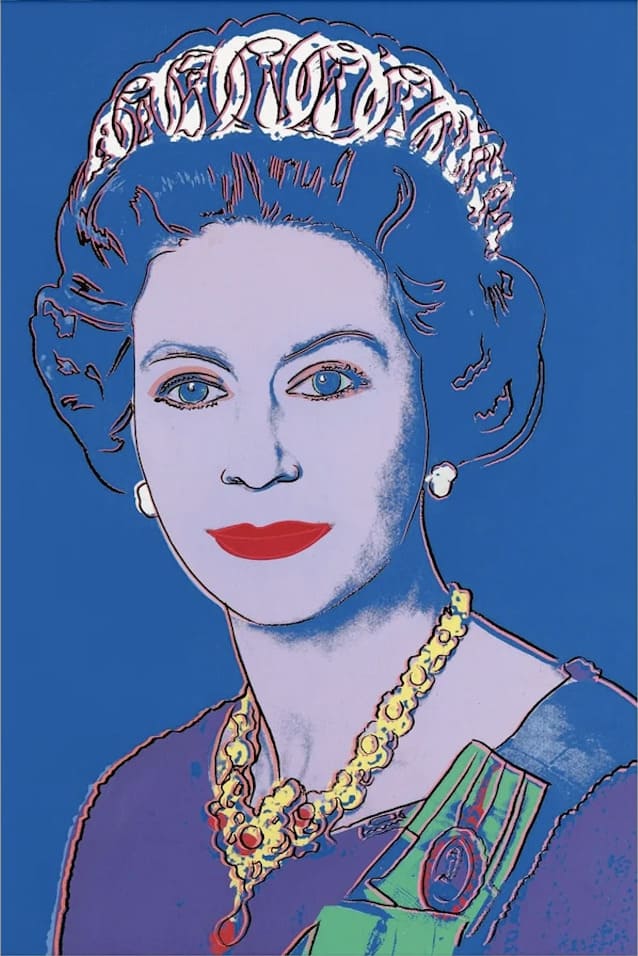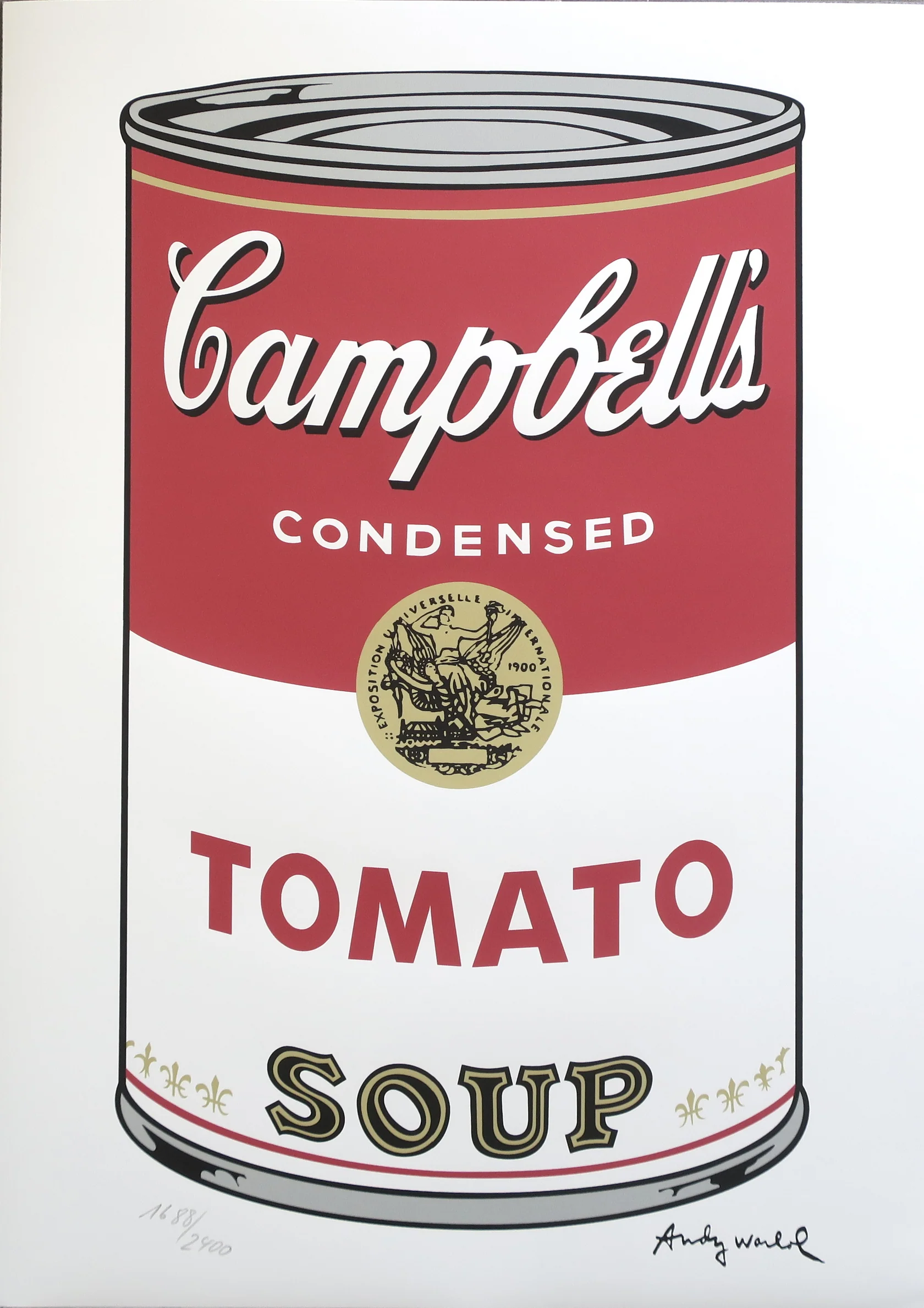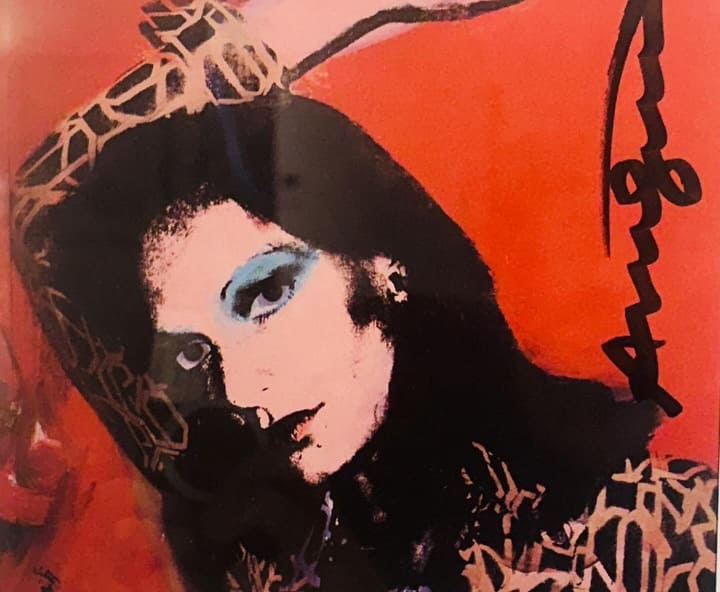ANDY
WARHOL
Andy Warhol (August 6, 1928 – February 22, 1987) was a pivotal figure in American art, film, and pop culture. His exploration of the interplay between art, advertising, and celebrity within the context of the 1960s made him a leading icon of the pop art movement. His versatile portfolio encompassed painting, silk-screening, photography, film, and sculpture, featuring renowned pieces like “Campbell’s Soup Cans” and “Marilyn Diptych.”
His experimental films, including “Empire” and “Chelsea Girls,” and multimedia events like the “Exploding Plastic Inevitable,” further showcased his innovation.
Hailing from Pittsburgh, Warhol initially thrived as a commercial illustrator before gaining recognition as a provocative artist in galleries during the late 1950s. His New York studio, The Factory, emerged as a hub for intellectuals, counterculture figures, and celebrities, birthing the concept of “Warhol superstars” and the expression “15 minutes of fame.”
In the late 1960s he managed and produced the experimental rock band The Velvet Underground and founded Interview magazine. He authored numerous books, including The Philosophy of Andy Warhol and Popism: The Warhol Sixties. He lived openly as a gay man before the gay liberation movement.
Beyond his art, Warhol managed The Velvet Underground and founded Interview magazine. His books, like “The Philosophy of Andy Warhol” and “Popism: The Warhol Sixties,” exemplified his diverse talents. He openly embraced his identity as a gay man before the gay liberation movement took hold. An assassination attempt in 1968 by radical feminist Valerie Solanas punctuated his life story. His legacy lives on through retrospectives, the Andy Warhol Museum, and record-breaking art sales, notably “Silver Car Crash” selling for $105 million in 2013 and “Shot Sage Blue Marilyn” reaching $195 million in 2022, solidifying his impact on the art world.









